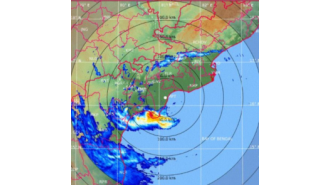Energy transition – daily intermittency and Texas
When the transition to solar energy began moving at exponential pace a few years ago, the biggest open question was how we’d solve the daily intermittency problem. For example, what happens when there is cloud cover? And what happens during the evening peak (4pm-9pm)?
The answer was batteries. As battery prices continue to come crashing down, we’re starting to see this play out. This graph shows how this transition is playing out.

In April 2021, solar power was already dominating consumption. Now, thanks to batteries, stored power is beginning to take a big chunk of the evening peak as well.
I see this play out on a micro-level as well. This is exactly how we power our home. We avoid using any power from the grid through the evening peak because of the battery (80% contribution) and conscious usage (i.e., we avoid using heavy usage appliances – 20% contribution).
This combination of solar and batteries is going to increasingly become a no-brainer combination in most places that receive decent sunlight – as Texas continues to demonstrate. For years, California was the undisputed leader in solar deployments and battery storage. But Texas is on pace to add more grid batteries than any other state and could end 2024 ahead of California in total solar deployment. This rise is thanks to Texas’ famously decentralized energy marketplace – energy entrepreneurs are quick to spot a good deal.
Long may this continue.
Note: We still don’t have a solution for seasonal intermittency. Given the pace of innovation here, I hope to have a similarly positive update on that in 2027.






